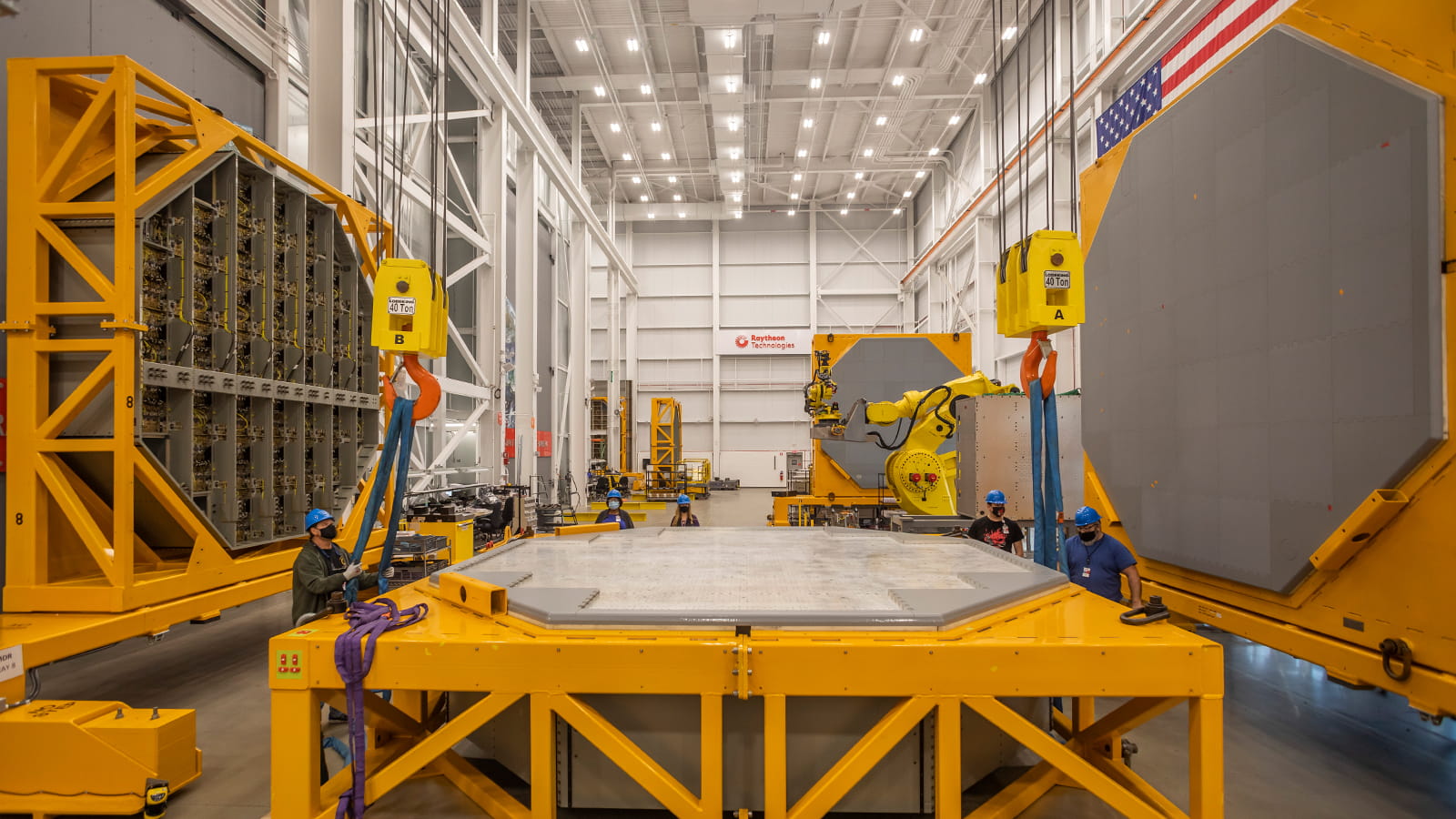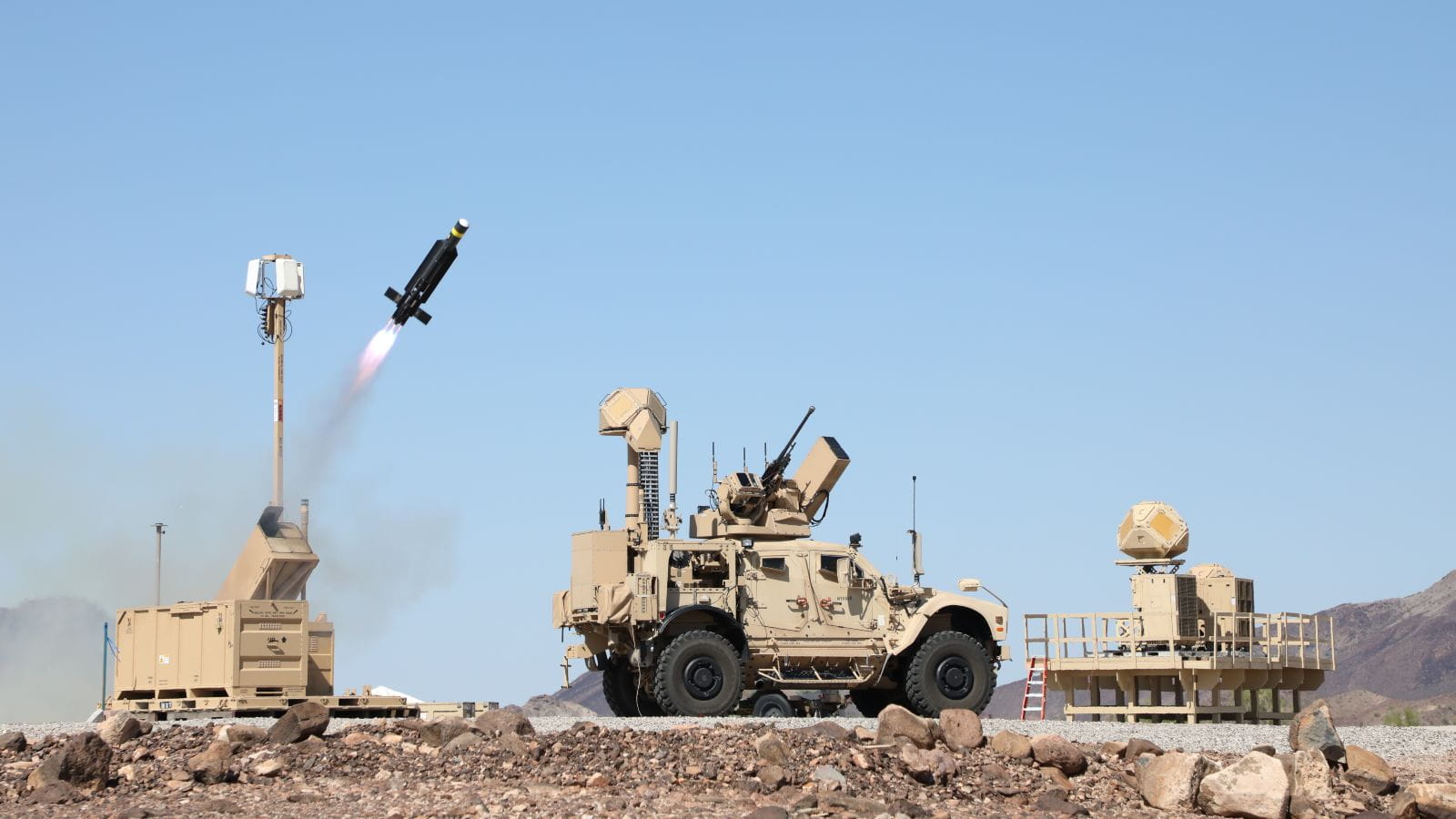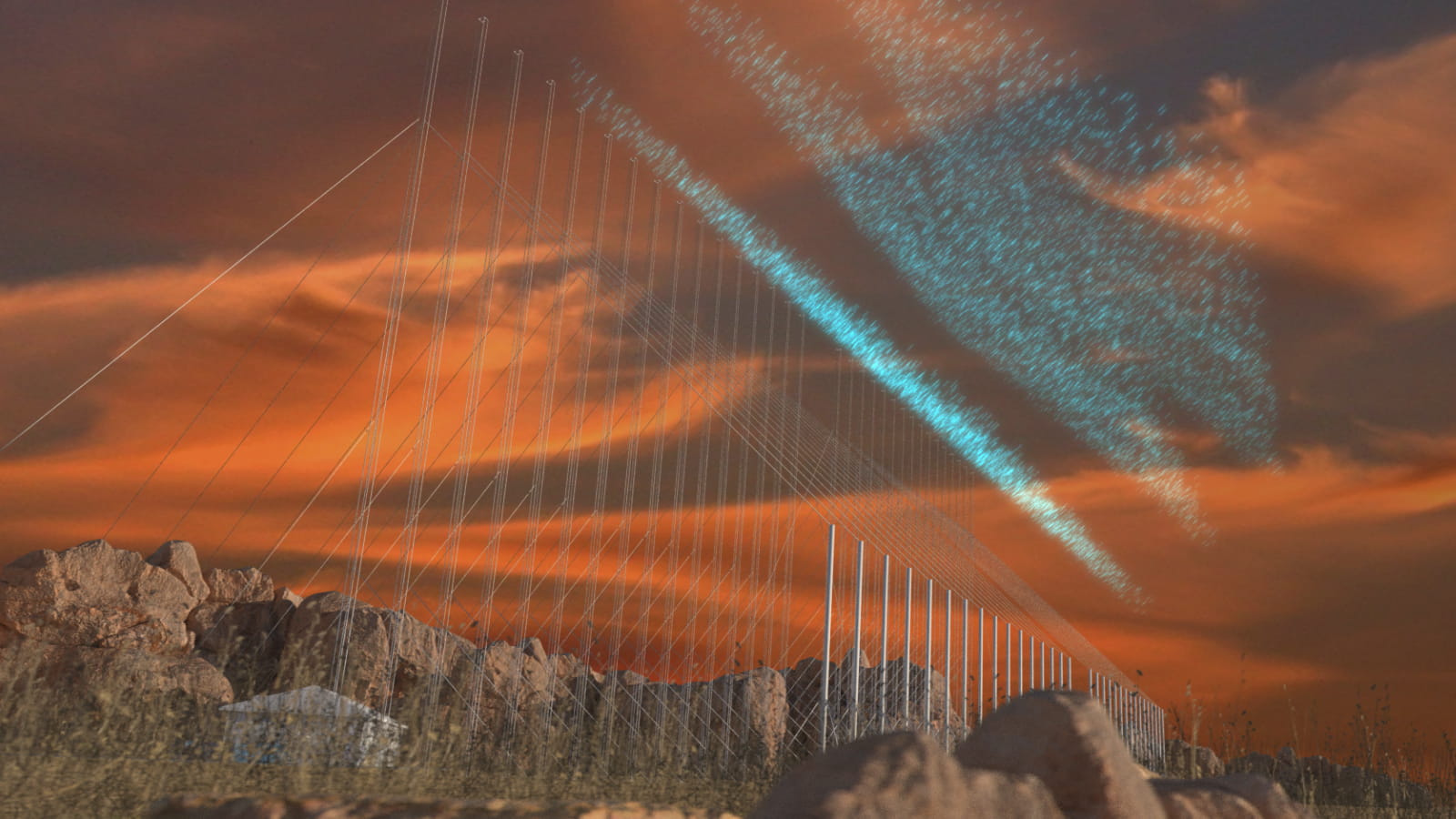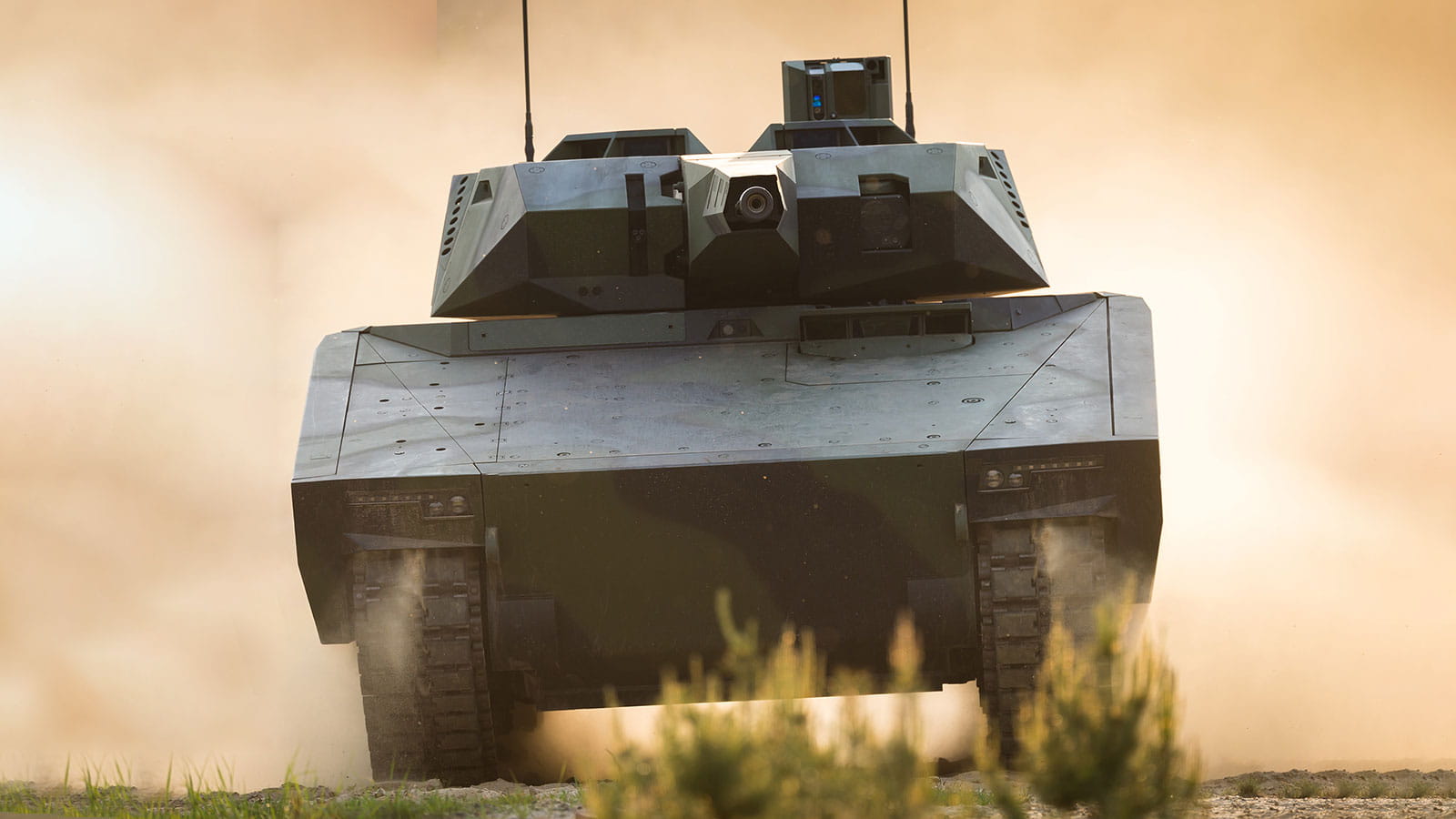Raytheon wins $651 million SPY-6 radar contract
The U.S. Navy will outfit every new surface ship in its fleet – from small patrol vessels to mammoth aircraft carriers – with new radars that can find and track enemy missiles and planes simultaneously, under a $651 million contract with Raytheon. The contract includes options, if exercised, that would bring the cumulative value of the award to $3.16 billion.
With the award, Raytheon, a Raytheon Technologies business, will provide hardware, production and sustainment for the SPY-6 family of radars.
“There is no other radar with the surface maritime capabilities of SPY-6, and this award highlights the importance of its design and future production for the Navy,” said Wes Kremer, president of Raytheon. “SPY-6 is the most advanced naval radar in existence, and it will provide a giant leap forward in capability for the military for decades to come.”
The radars will allow sailors to find threats, including hypersonic weapons, at greater distances, and to react faster to them.
“It’s a vast improvement over what the U.S. Navy currently has on it ships,” said Kim Ernzen, Naval Power president at Raytheon. “It’s like going from a pen light to a huge flashlight.”
In 2021, the Navy began installing the first SPY-6 radar on its new, high-tech Aegis Flight III, the USS Jack H. Lucas (DDG 125).
Each SPY-6 radar for the DDG class ship includes four arrays, a power system, a cooling system, and a back-end processor to compute array signals.
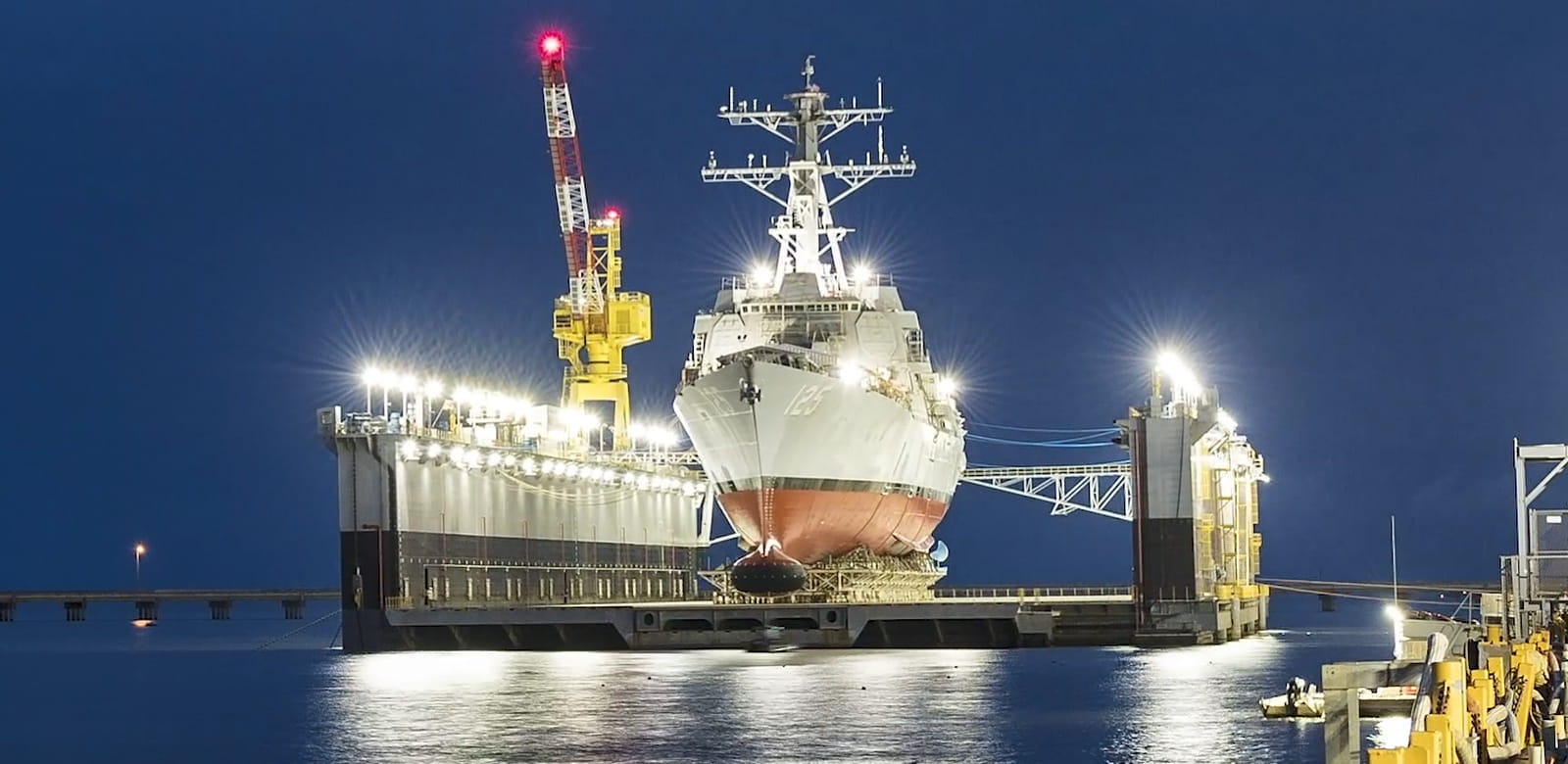
The U.S. Navy’s new guided missile destroyer, USS Jack H. Lucas (DDG-125), successfully launched at Huntington Ingalls Industries in Pascagoula, Mississippi, on June 4, 2021. (Huntington Ingalls Industries photo)
Scalable for the future
SPY-6 is also the Navy’s first truly scalable radar, making it easy to configure to any type of ship.
It’s built with individual ‘building blocks’ called radar modular assemblies. Each RMA is a self-contained radar antenna in a 2’x2’x2’ box. The RMAs can stack together to form an array of nearly any size to fit the mission requirements of any ship.
“We can scale it for frigates and other classes of ships,” said Scott Spence, program area director for naval radars at Raytheon. “And, we can add capabilities across all those platforms very seamlessly and quickly.”
By the end of the contract, the radar will be on more than 45 ships across the Navy.
“This contract really cements SPY-6 as a cornerstone for the Navy,” Spence said. “It not only drives advanced capabilities, but also sustainment by having common logistics to support all those ships, and common training for the sailors who will operate and maintain the radars.”
The radars’ common software baseline makes them easy to upgrade, without the need to install new hardware. Under a separate integration and production support contract, Raytheon will deliver software upgrades over the SPY-6 family’s lifetime.
Meeting high-rate production
Raytheon has invested more than $500 million in infrastructure and capacity enhancements for SPY-6, including advanced automation technology at its 30,000 square-foot Radar Development Facility. The business used its Immersive Design Center to configure the factory and refine processes to deliver faster and better.
“We’ve completely streamlined the building and testing of SPY-6 to meet high-rate production,” Spence said.
And those same types of efficiencies are shared among suppliers, which provide 75 percent of the radar systems integrated by Raytheon.
“There’s a great deal of work across our supply base, across the country, to make this family of radars a success,” Spence said.
Sustaining with innovation
While meeting production demands, Raytheon continues to work with the Navy to improve the radar.
In 2021, the business and Office of Naval Research tested new distributed sensing software for the SPY-6 radar. The demonstration supports the Navy’s goal of creating distributed sensing networks to defend against evolving threats.
Earlier, Raytheon and the Navy completed testing on the Enterprise Air Surveillance Radar, or EASR, at the Navy’s Wallops Island Test Facility in Virginia.
The SPY-6(V)2 rotating radar and SPY-6(V)3 fixed-face radar are known together as EASR. The tests focused on anti-air warfare and air traffic control capabilities, weather operations, and power systems for both radars.
The EASR will replace single-function legacy radars and improve range and performance.

